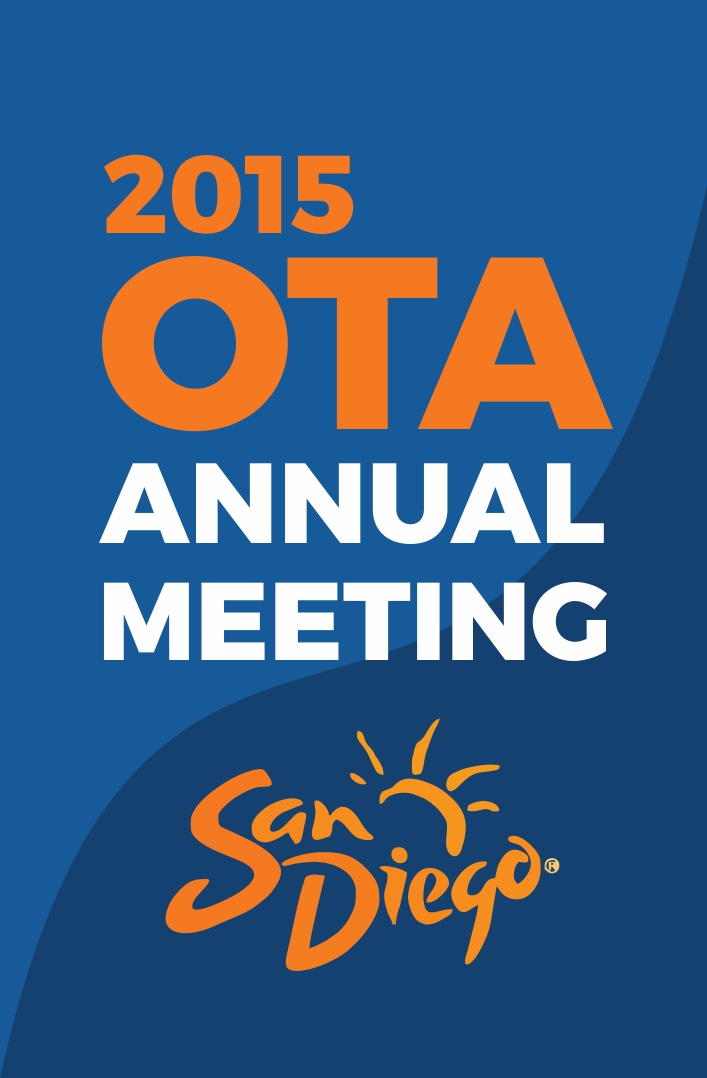
OTA 2015: Immediate, short-term effect of liposomal bupvicaine in ankle fracture fixation

OTA 2015: Immediate, short-term effect of liposomal bupvicaine in ankle fracture fixation
Long-Acting Local Anesthetic in Ankle Fractures Requiring ORIF Reduces Postoperative Narcotic Use: A Randomized Trial
CONFERENCE ACE REPORTS
This ACE Report is a summary of a conference presentation or abstract. The information provided has limited the ability to provide an accurate assessment of the risk of bias or the overall quality. Please interpret the results with caution as trials may be in progress and select results may have been presented.
Synopsis
50 patients with acute ankle fractures who underwent open reduction and internal fixation were randomized to general anaesthesia and local anaesthesia with intraoperative liposomal bupivacaine (treatment group), or general anaesthesia alone (control group). The purpose of the study was to compare pain scores between the randomized groups. Patients of the treatment group had significantly lower pai...
To view the full content, login to your account,
or start your 30-day FREE Trial today.
FREE TRIAL
LOGIN
Forgot Password?
Explore some of our unlocked ACE Reports below!

Learn about our AI Driven
High Impact Search Feature
Our AI driven High Impact metric calculates the impact an article will have by considering both the publishing journal and the content of the article itself. Built using the latest advances in natural language processing, OE High Impact predicts an article’s future number of citations better than impact factor alone.
Continue



 LOGIN
LOGIN

Join the Conversation
Please Login or Join to leave comments.